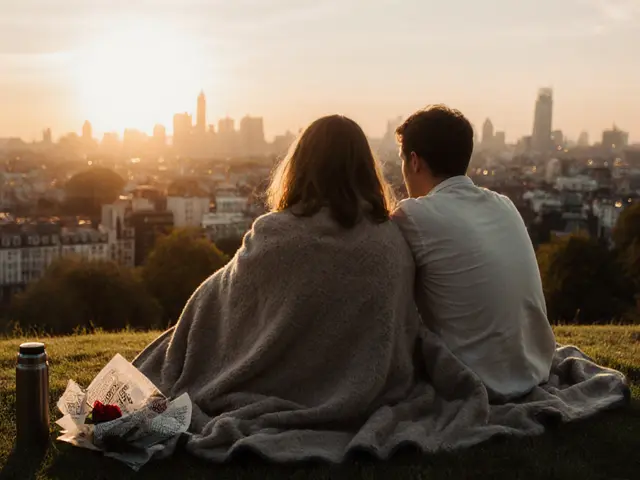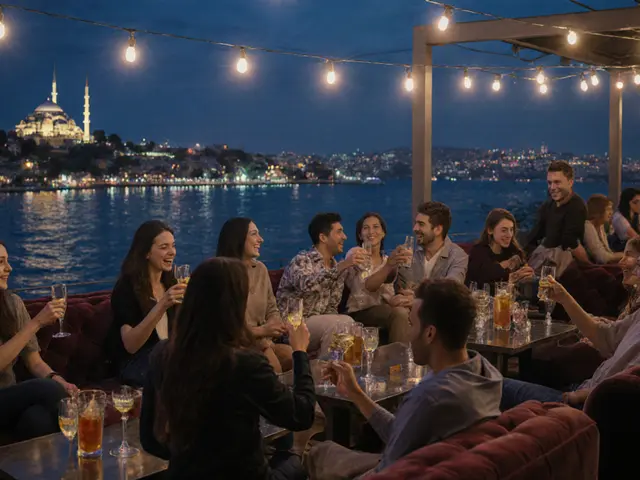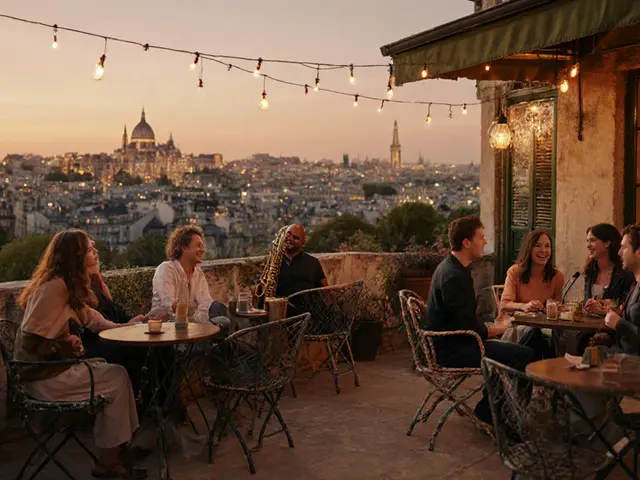Start with an aperitivo - that’s how Milan does night
Don’t rush to the clubs. If you want to understand Milan’s nightlife, begin at sunset with an aperitivo. It’s not just a drink. It’s a ritual. Bars in Brera, Navigli, and Porta Ticinese start filling up around 7 p.m. You pay €10-€15, get a glass of prosecco, Aperol Spritz, or Negroni, and walk away with a full buffet. Think cured meats, warm arancini, truffle crostini, and fresh seafood salads. No one eats standing up. People sit, chat, laugh. This isn’t happy hour - it’s social glue.
Try Caffè del Teatro a Brera institution since 1952, known for its vintage decor and perfect Negronis. Or head to Bar Basso the birthplace of the Americano, where the bartenders move like choreographed dancers. Skip the tourist traps near Duomo. The real aperitivo scene is in the neighborhoods where locals live.
Where to dance: Clubs that actually matter
Milan’s clubs aren’t like London or Berlin. They’re quieter, more curated, and often hidden. You won’t find 10,000-person mega-clubs. Instead, you’ll find intimate spaces where music matters more than bottle service.
La Scala Club a tiny, no-sign, members-only spot tucked behind a bookshop in Brera. Only 80 people fit inside. The DJ plays deep house and rare disco cuts from vinyl. You need to know someone - or show up early and look like you belong. Then there’s Alcatraz a former convent turned industrial dance temple. Open Friday and Saturday nights, it hosts international techno and experimental acts. The sound system is so powerful you feel it in your ribs.
For something more mainstream but still high-quality, Magazzini Generali a multi-room venue in the former warehouse district. One floor is indie rock, another is hip-hop, the basement is house. It’s open until 5 a.m. and costs €15 at the door.
Don’t miss the rooftop bars - view matters here
Milan is a city of glass and steel. At night, the skyline lights up like a circuit board. The best way to see it? From above.
Terrazza Aperol on the 17th floor of the Palazzo delle Scintille. It’s not fancy, but the view of the Duomo is unbeatable. The Spritz is cheap, the crowd is young, and the music is just loud enough to talk over. Skyline Rooftop Bar at the Park Hyatt. More upscale, more expensive (€25 minimum per person), but the 360-degree panorama of the city and Alps is worth it. Bring a light jacket. Even in summer, it gets chilly up there.
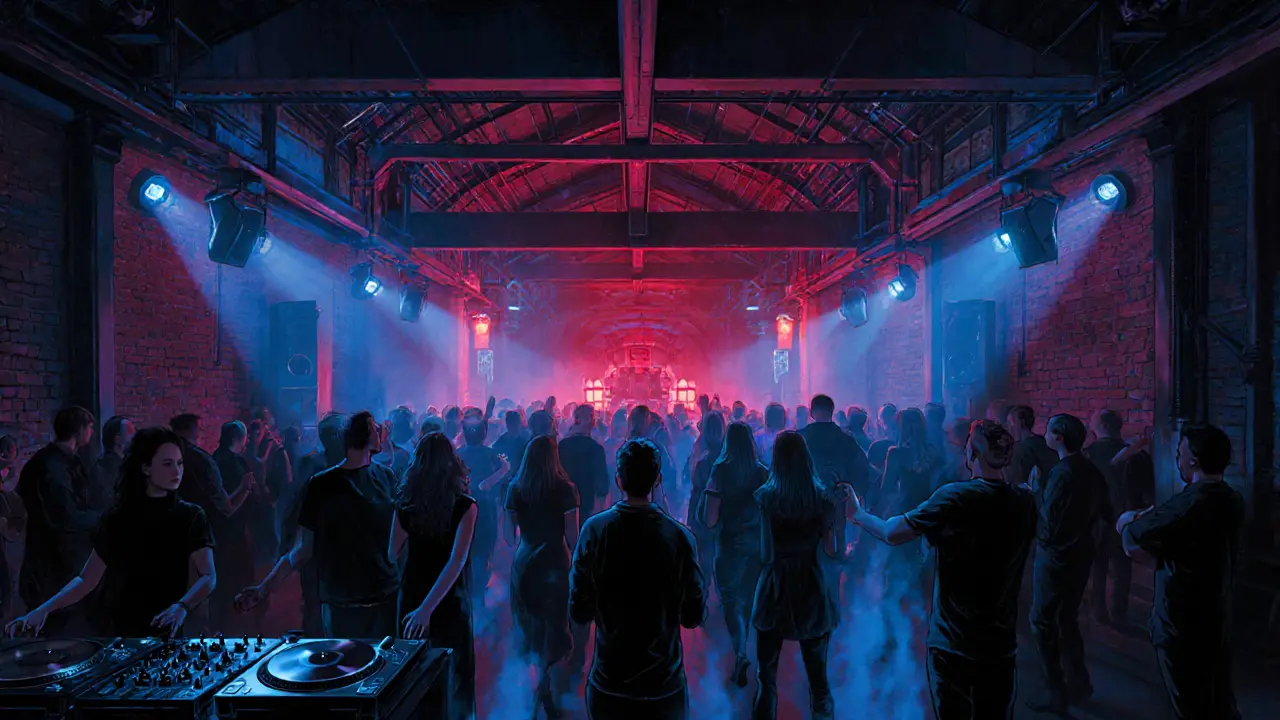
What to wear - Milan doesn’t do casual
Forget jeans and sneakers. Milanese nightlife has a dress code, even at underground spots. Men wear dark trousers, a button-down or slim-fit shirt, and clean leather shoes. No hoodies. No baseball caps. Women wear tailored dresses, silk blouses, or sleek jumpsuits. Heels aren’t required, but flat shoes won’t get you past the bouncer at Alcatraz.
This isn’t about being rich. It’s about respect. Milanese people take pride in how they look. Showing up in sweatpants says you don’t care - and they’ll notice. You don’t need designer labels. But you do need to look intentional.
When to go - timing is everything
Milan doesn’t wake up until midnight. Bars get busy around 11 p.m. Clubs don’t hit their stride until 1 a.m. If you show up at 9 p.m., you’ll be the only one there. And if you leave before 3 a.m., you missed the best part.
Friday and Saturday are packed. Wednesday nights are quieter but better for real music lovers. Sunday is for late-night breakfasts - think espresso and cornetti at Pasticceria Marchesi open until 2 a.m. on weekends, serving buttery pastries and strong coffee to the last stragglers.
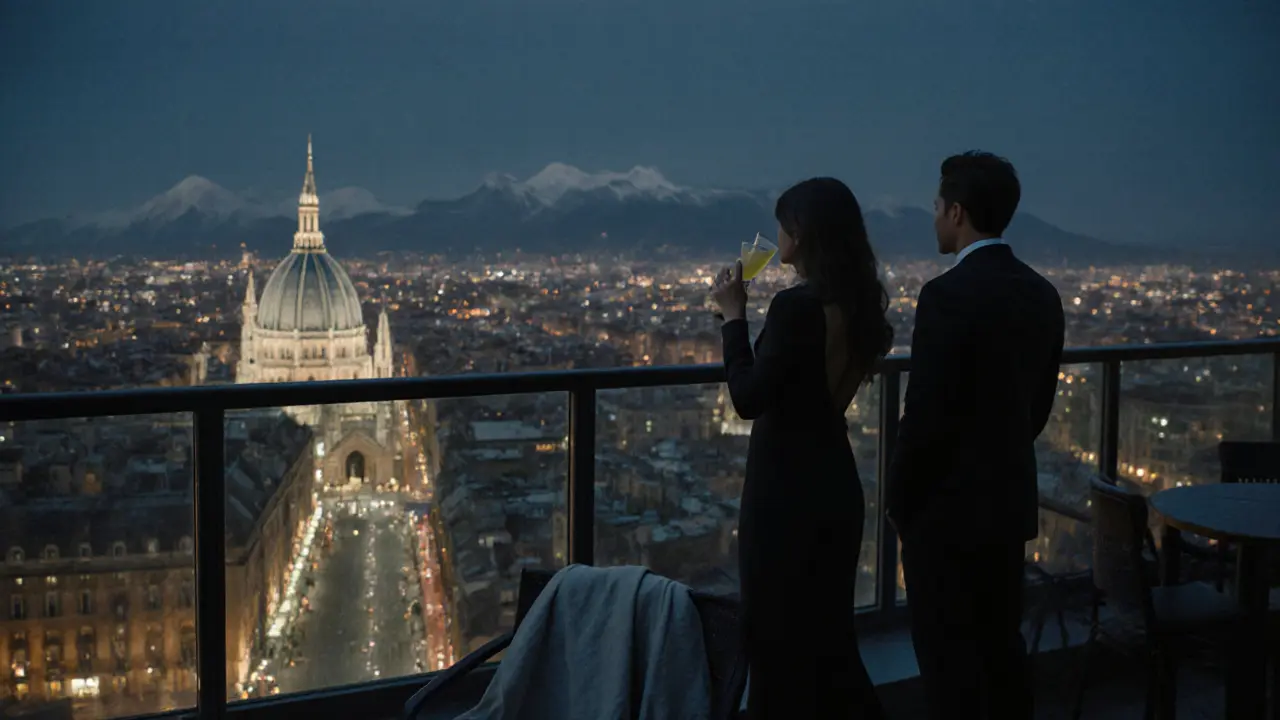
How to get around - no cars, no taxis
Milan’s city center is walkable. But if you’re going from Navigli to Brera, or from Porta Genova to the Duomo, take the metro. Line M1 (red) and M3 (yellow) run until 1:30 a.m. on weekends. After that, the night bus N1 and N2 cover the main zones. Taxis are expensive and slow. Uber doesn’t work here - only local ride-hail apps like FreeNow or Beat.
Don’t rent a car. Parking costs €30 a night. And you’ll spend 45 minutes circling the block.
What not to do
- Don’t ask for a “party” - Milan doesn’t do wild, drunken nights. It does elegance, music, and conversation.
- Don’t tip. Service is included. Leaving extra makes you look out of place.
- Don’t try to talk to strangers at clubs. Milanese people don’t approach. They wait to be approached.
- Don’t take photos of the bouncer. You’ll get kicked out.
- Don’t drink tap water in bars. It’s not served - and if you ask for it, you’ll get a look.
Where to end the night - breakfast after midnight
The night doesn’t end when the music stops. It ends with food. Around 4 a.m., the city’s best pastry shops open their doors. Antico Forno Roscioli serves warm, flaky croissants and cappuccino so thick you can stand a spoon in it. Bar Basso also serves breakfast - think scrambled eggs with truffle and sparkling water. The same bartenders who mixed your Negroni at midnight are now making your espresso.
This is the real Milan. Not the postcards. Not the Instagram filters. It’s the quiet moment after the party, when the city exhales and the coffee smells like hope.
Is Milan nightlife safe at night?
Yes, but stay aware. The main nightlife areas - Brera, Navigli, Porta Ticinese, and around the Duomo - are well-lit and patrolled. Avoid deserted side streets after 2 a.m. and don’t carry large amounts of cash. Pickpockets target crowded bars on weekends. Keep your phone and wallet secure. Most clubs have security staff and ID checks. If you’re unsure, stick to popular spots.
Do I need to book tickets for clubs in Milan?
For most places, no. You can walk in. But for Alcatraz, Magazzini Generali, and big-name DJs, it’s smart to check their Instagram or website. Some events sell out. If you’re going on a Friday or Saturday, arrive before midnight. Late arrivals often get turned away, even if they paid online. Smaller spots like La Scala Club don’t take reservations - it’s first come, first served.
What’s the average cost for a night out in Milan?
Plan for €40-€80 per person. That includes one aperitivo (€12), one drink at a club (€10-€15), metro fare (€2.50), and maybe a late-night snack (€8). If you hit a rooftop bar or two, add €20-€30. Alcohol is expensive - a beer costs €8-€10. But the aperitivo buffet gives you real value. You’re not paying for drinks alone - you’re paying for the experience.
Are there age restrictions in Milan clubs?
Yes. Most clubs require ID and only admit people 18 and older. Some upscale venues like Skyline Rooftop Bar or private clubs enforce 21+. Always carry a passport or EU ID card. A driver’s license alone might not be enough. Bouncers are strict - they check dates, not just photos.
Can I find English-speaking staff in Milan’s nightlife spots?
In tourist-heavy areas like the Duomo district, yes. But in authentic spots like Navigli or Brera, most staff speak limited English. Learn a few Italian phrases: "Un Aperol Spritz, per favore," "Quanto costa?" "Dove si trova il bagno?" It goes a long way. Italians appreciate the effort. And you’ll get better service.
What’s the best night to experience Milan’s nightlife?
Friday night. That’s when the city comes alive. Bars are full, clubs are buzzing, and the energy is electric. Saturday is similar but more crowded. If you want music without the crowds, go on a Wednesday. Some of the best DJs play midweek. Sunday is for slow mornings. Don’t expect clubs to be open - they’re cleaning up.

